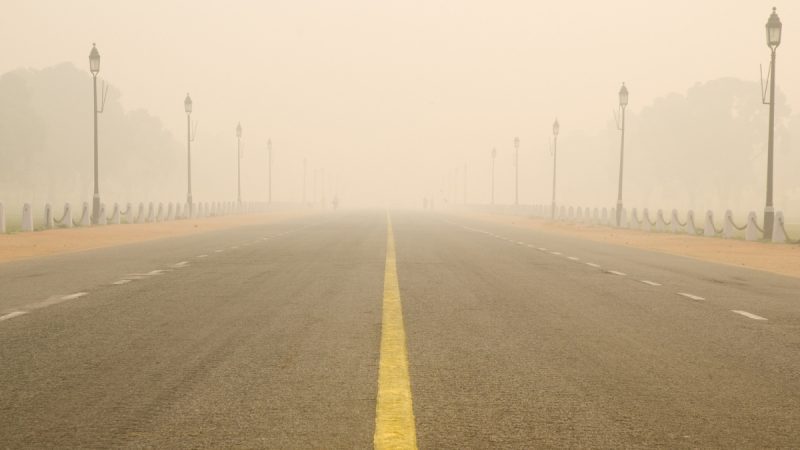Every year, as Diwali comes near, Delhi, the capital city, finds itself struggling with air pollution on the rise. This year as well, the pollution levels are soaring once again. On Sunday, the air quality index (AQI) in Delhi reported a concerning 265. It placed the city firmly in the ‘poor’ category as of 11 am. According to the Central Pollution Control Board (CPCB), this level of air pollution will make outdoor activities a risk for health-conscious residents.
AQI In Delhi Dips Into ‘Poor’ Category
On Saturday, the 24-hour average AQI settled at 278. Although this marked a slight improvement from Friday’s 292, the air quality still teeters on the edge of ‘very poor.’ In comparison, nearby regions were not spared either. According to the Indian Express reports, Ghaziabad recorded an AQI of 246, Gurgaon reached 213, and Noida clocked in at 200. For context, the AQI scale classifies air quality from ‘good’ (0-50) to ‘severe’ (401-500), highlighting the critical need for immediate action and awareness.
The Air Quality Early Warning System for Delhi predicts that the city’s air quality is likely to remain in the ‘very poor’ category until Tuesday. Among the various regions in and around Delhi, Anand Vihar has emerged as one of the most severely affected areas. On Sunday, AQI levels in Anand Vihar have been particularly high at 424, according to Indian Express. The Indian Meteorological Department (IMD) elaborated that while clear skies are expected, the surface wind speeds will remain low on October 21 and 22.
Also Read: Starting December 28, ICAO To Increase Compensation For Airline Deaths, Delays, And Lost Baggage
Local Contributions To The Crisis
While meteorological factors play a significant role, local sources of pollution cannot be overlooked. 10.5% of the total air pollution is caused by vehicle emissions, and the remaining 2% is caused by dust from roads and construction sites. Approximately 3% of the pollution comes from residential areas.
While stubble burning has been identified as a significant cause of air pollution in Delhi, recent data shows that its contribution to PM2.5 mass is quite small—less than 1.2%. The Indian Agricultural Research Institute (ICAR) satellite data showed instances of crop residue burning in Punjab and Haryana, as per the Indian Express reports.
As the residents of Delhi breathe in increasingly toxic air, it is crucial to stay informed and proactive. The authorities are urged to implement effective control measures in pollution hotspots and raise public awareness about the significant role of individual actions in curbing emissions.
Delhi’s air quality is not just an environmental issue; it’s a public health crisis. As we navigate through these challenging times, a collective effort—combining policy enforcement, community action, and awareness—could pave the way for clearer skies and healthier air for all.
Cover Image Courtesy: Canva

